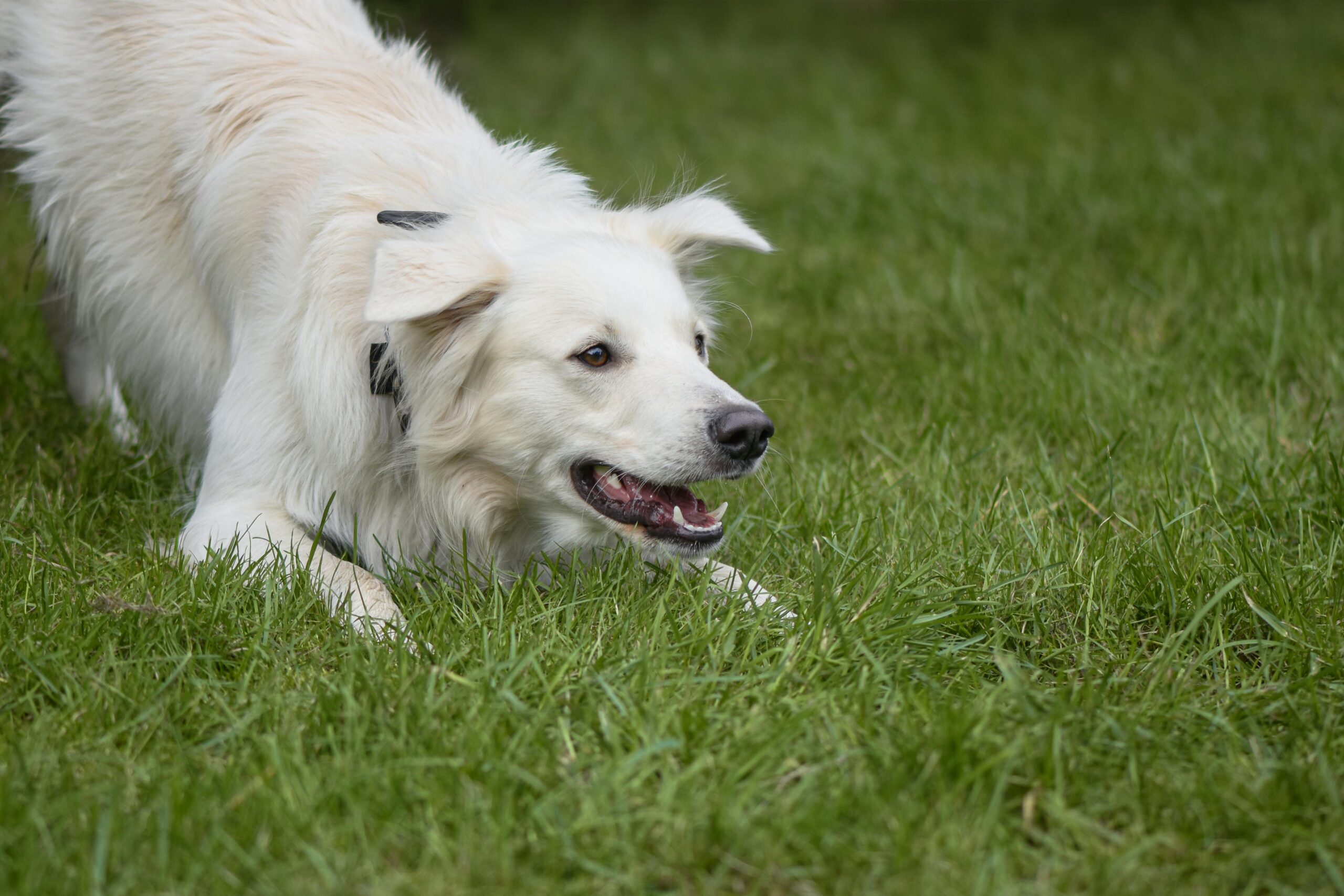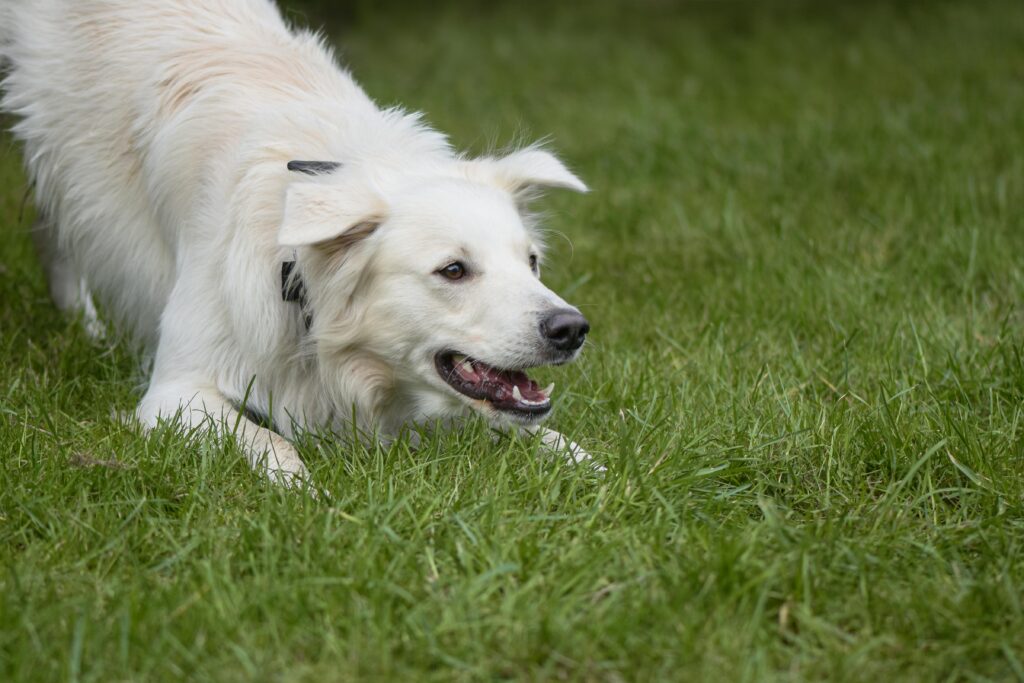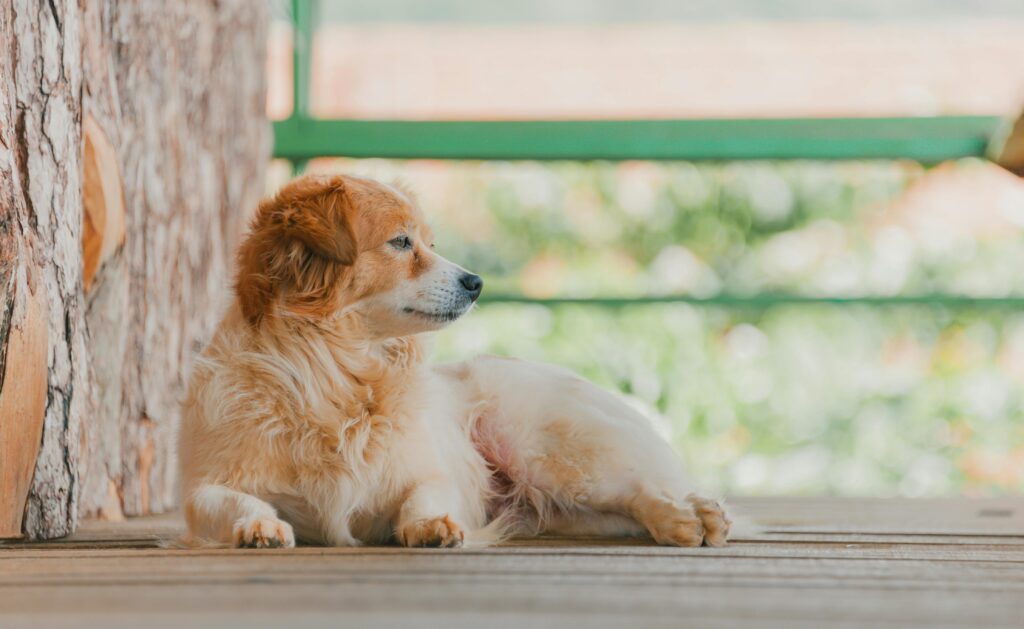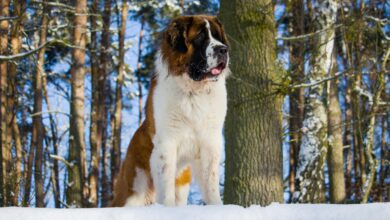Crossbreeds: Designer Dogs That Blend the Best of Both Parents

Table of Contents
Choosing a canine companion is a significant decision, one that often involves navigating a vast array of breeds, each with its own unique history, temperament, and physical attributes. But what if you’re drawn to the charm of one breed’s personality and the intelligence of another? This is where the fascinating world of crossbreeds, often referred to as designer dogs, enters the picture. You’re not just selecting a dog; you’re exploring a fascinating blend of genetic possibilities, aiming to capture the most desirable traits from two distinct lineages.
Understanding crossbreeds isn’t just about picking a cute name like a “Labradoodle” or a “Goldendoodle”; it’s about recognizing the intentional creation of dogs with specific characteristics in mind. You’re looking for a companion that might offer the best of both worlds, combining desirable traits that might not exist within a single purebred registry.
This article will delve into the world of crossbreeds, exploring what they are, why they’ve become so popular, and what you should consider when bringing one into your life. You’ll gain a deeper understanding of the potential benefits and challenges associated with these unique canines and discover how you can make an informed decision about whether a crossbreed is the right addition to your family. You’re on a journey to explore the intentional evolution of canine companionship.
What Exactly Are Crossbreeds? Defining the Designer Dog
At its core, a crossbreed is the intentional mating of two purebred dogs of different recognized breeds. Unlike a mutt, which is typically the result of accidental or unknown parentage, a crossbreed is conceived with a specific purpose. This intention is often to combine desirable traits from both parent breeds, such as a hypoallergenic coat from one parent and the trainability of the other, or the robust health of one and the gentle nature of the other. Think of it as a designer approach to dog creation, aimed at producing offspring with a targeted set of characteristics. You’re intentionally blending genetic blueprints.
For example, a Labradoodle is a crossbreed between a Labrador Retriever and a Poodle. The goal is often to combine the friendly and outgoing nature of the Labrador with the low-shedding coat of the Poodle. It’s not simply a random mix; it’s a deliberate pairing designed to produce specific outcomes. You’re not just getting “a mix”; you’re potentially getting a curated combination of traits aimed at specific lifestyle compatibility.
The Rise of Crossbreeds: Why the Growing Popularity?

The popularity of crossbreeds has exploded in recent decades. Several factors contribute to this phenomenon, and you’ve likely encountered many of these reasons in your own search for a canine companion.
- Desire for Specific Trait Combinations: As mentioned earlier, many people are drawn to crossbreeds because they seek a specific blend of characteristics that they believe can’t be found in a single purebred. You might be looking for a dog with the athleticism of a Husky but the smaller size of a Pomeranian, leading to the popular Pomsky. You’re actively pursuing a customized canine experience.
- Perceived Health Benefits: There’s a common belief that crossbreeds are inherently healthier than purebreds due to “hybrid vigor.” The idea is that mixing the gene pools of two different breeds reduces the likelihood of inheriting breed-specific genetic diseases. You might be searching for a dog with a potentially broader genetic resilience. While this can be true, it’s not a guarantee, and responsible breeding practices remain crucial even with crossbreeds.
- Novelty and Uniqueness: Crossbreeds often have endearing and sometimes unusual looks due to the combination of features from both parents. This novelty can be appealing to those who want a dog that stands out from the crowd. You’re drawn to a dog that isn’t readily identifiable as a standard breed.
- Marketing and “Designer Dog” Appeal: The term “designer dog” itself carries a certain appeal, suggesting a carefully crafted and desirable pet. Breeders have capitalized on this, often giving crossbreeds catchy, portmanteau names like “Cockapoo” (Cocker Spaniel + Poodle) or “Schnoodle” (Schnauzer + Poodle). You’ve likely seen these appealing names and wondered about the dogs behind them. This branding contributes significantly to their market desirability.
Exploring Common Crossbreeds: A Look at Some Popular Blends
The world of crossbreeds is vast and constantly expanding, with new combinations emerging regularly. However, some have achieved particularly widespread recognition and popularity. Let’s explore a few you might encounter:
- Labradoodle: As discussed, this blend of Labrador Retriever and Poodle is prized for its intelligence, friendly disposition, and potential for a low-shedding coat. You’re often looking for a family-friendly, active companion with potentially fewer allergy concerns.
- Goldendoodle: Similar to the Labradoodle, the Goldendoodle combines the Golden Retriever with the Poodle. Known for their gentle nature, trainability, and often wavy or curly coats, they are popular family pets. You’re likely seeking a deeply affectionate and easily trained dog.
- Puggle: A mix of the Pug and the Beagle, the Puggle offers a compact size with the Pug’s wrinkly face and the Beagle’s curious and often vocal nature. You might be drawn to their unique appearance and playful personality.
- Cockapoo: This cross between a Cocker Spaniel and a Poodle is known for its affectionate personality and soft, often curly coat. They are typically smaller dogs and can be well-suited for apartment living. You’re probably seeking a cuddly and adaptable companion.
- Yorkipoo: Combining the Yorkshire Terrier and the Poodle, the Yorkipoo is a small, energetic dog known for its intelligence and often hypoallergenic coat. You’re considering a petite but spirited indoor companion.
These are just a few examples, illustrating the diverse range of possibilities available when exploring crossbreeds. You have a wide spectrum of potential canine partners to consider.
What to Consider Before Welcoming a Crossbreed into Your Life

While the appeal of crossbreeds is undeniable, it’s crucial to approach the decision with careful consideration. Bringing any dog into your home is a long-term commitment, and understanding the potential realities of a crossbreed is essential for a successful partnership. You need to be prepared for the possibilities and navigate the uncertainties.
- Predictability of Traits: One of the main differences between purebreds and crossbreeds is the predictability of traits. With a purebred, you have a generally established breed standard that outlines typical size, temperament, coat type, and health concerns. With a crossbreed, the traits of the offspring can vary significantly depending on which parent’s genes are dominant. You might end up with a dog that leans more heavily towards one parent’s characteristics than the other. For example, a Labradoodle could inherit the Labrador’s shedding tendencies, or a Puggle might have the Beagle’s strong scent drive. You need to be comfortable with a degree of genetic variation.
- Health Considerations: While crossbreeds can benefit from hybrid vigor, they are not immune to health issues. They can potentially inherit health problems common to both parent breeds. Responsible breeders will screen parent dogs for genetic health conditions relevant to their breeds, and it’s vital that you inquire about these health clearances. You should not assume a crossbreed is inherently healthier than a purebred.
- Finding a Reputable Breeder: Sadly, the popularity of crossbreeds has also attracted irresponsible breeders and puppy mills focused solely on profit, often neglecting the health and well-being of the dogs. Finding a reputable breeder who prioritizes health testing, provides a clean and stimulating environment for puppies, and is transparent about their breeding practices is paramount. You should ask questions about the parent dogs’ health history and temperament.
- Cost: Designer crossbreeds often come with a higher price tag than purebreds from reputable breeders, sometimes even surpassing the cost of purebreds. This is often due to the perceived novelty and demand. You need to factor this cost into your budgeting.
- Lifestyle Compatibility: Just like with purebreds, you need to consider your lifestyle and whether a particular crossbreed’s potential energy level, grooming needs, and training requirements align with yours. A high-energy mix like a Husky-Poodle may not be suitable for a sedentary lifestyle, while a low-energy Shih Tzu-Poodle might thrive in a quieter home. You are match-making for a lifetime commitment.
Training and Temperament: Understanding the Blend of Personalities
Training a crossbreed can be a fascinating experience, as you’re working with a unique combination of genetic predispositions. Temperament isn’t solely determined by breed, of course – socialization, training, and individual experiences play a huge role – but the inherent traits of the parent breeds will influence your training approach. You’re dealing with a blend of instincts and personalities.
- Potential for a Mix of Instincts: You might see a blend of instincts from both parent breeds. A Goldendoodle might exhibit both the retrieving
- tendencies of a Golden Retriever and the intelligence and problem-solving skills of a Poodle. Understanding the potential underlying instincts of both parent breeds can help you anticipate behaviors and tailor your training methods. You need to be prepared for a potentially unpredictable mix of drives.
- Importance of Early Socialization: As with all puppies, early and consistent socialization is crucial for a well-adjusted crossbreed. Exposing your puppy to a variety of people, places, and experiences during their critical developmental period will help them become confident and well-behaved adults. You’re actively shaping their future interactions.
- Tailoring Training Methods: Due to the potential variability in temperament and intelligence, you may need to adapt your training methods to suit your individual crossbreed’s personality. What works for a Puggle might not be as effective for a Yorkipoo. Patience, consistency, and positive reinforcement are key regardless of the specific mix. You need to be flexible and observant in your training approach.
Beyond the “Designer” Label: The Importance of Individuality
While the “designer dog” label is catchy and helps market these crossbreeds, it’s important to remember that each dog is an individual. Even within the same crossbreed litter, puppies can have vastly different appearances and personalities. You’re not buying a standardized product; you’re welcoming a unique living being into your home. Focus on getting to know the individual puppy or adult dog and assessing their temperament and needs rather than relying solely on generalizations about the crossbreed as a whole. You’re discovering a unique personality.
The Future of Crossbreeds: Ethical Considerations and Recognition

As crossbreeds continue to grow in popularity, discussions about their place in the canine world are ongoing. Some enthusiasts advocate for the eventual recognition of certain established crossbreeds as official breeds, while others emphasize the importance of preserving purebred lines. Regardless of your personal stance, responsible breeding practices, focusing on health and temperament above all else, are crucial for both purebreds and crossbreeds. You are participating in the evolution of canine companionship, and ethical considerations are paramount.
Supporting reputable breeders and considering adoption from shelters or rescue organizations are important steps you can take as a prospective dog owner, regardless of whether you’re interested in a purebred or a crossbreed. Many wonderful mixed-breed dogs, including accidental crossbreeds, are waiting for loving homes in shelters.
Making Your Decision: Is a Crossbreed Right for You?
Choosing a crossbreed is a deeply personal decision. There is no single “best” type of dog; the ideal companion depends entirely on your individual lifestyle, preferences, and what you’re looking for in a canine partner. If you are comfortable with a degree of unpredictability in traits, are committed to finding a responsible breeder, and are prepared to provide dedicated training and socialization, a crossbreed could be a wonderful fit for your family. You are making an informed choice based on your needs and expectations.
Consider the potential benefits of combining the best of two breeds, but also be realistic about the potential challenges. Do your research, ask questions, and ideally, spend time with the parent dogs if possible to get a sense of their temperaments. You are embarking on a journey to find your perfect canine match.
The world of crossbreeds offers a fascinating array of potential companions, each with a unique blend of traits waiting to be discovered. By understanding what crossbreeds are, their potential benefits and drawbacks, and the importance of responsible breeding and ownership, you can make a well-informed decision and potentially welcome a truly unique and beloved member into your family.
Have you considered a crossbreed, or do you already share your life with one? Share your experiences and insights in the comments below!



